Home>Gardening & Outdoor>Landscaping Ideas>How To Grow Grass Seed In Kansas City
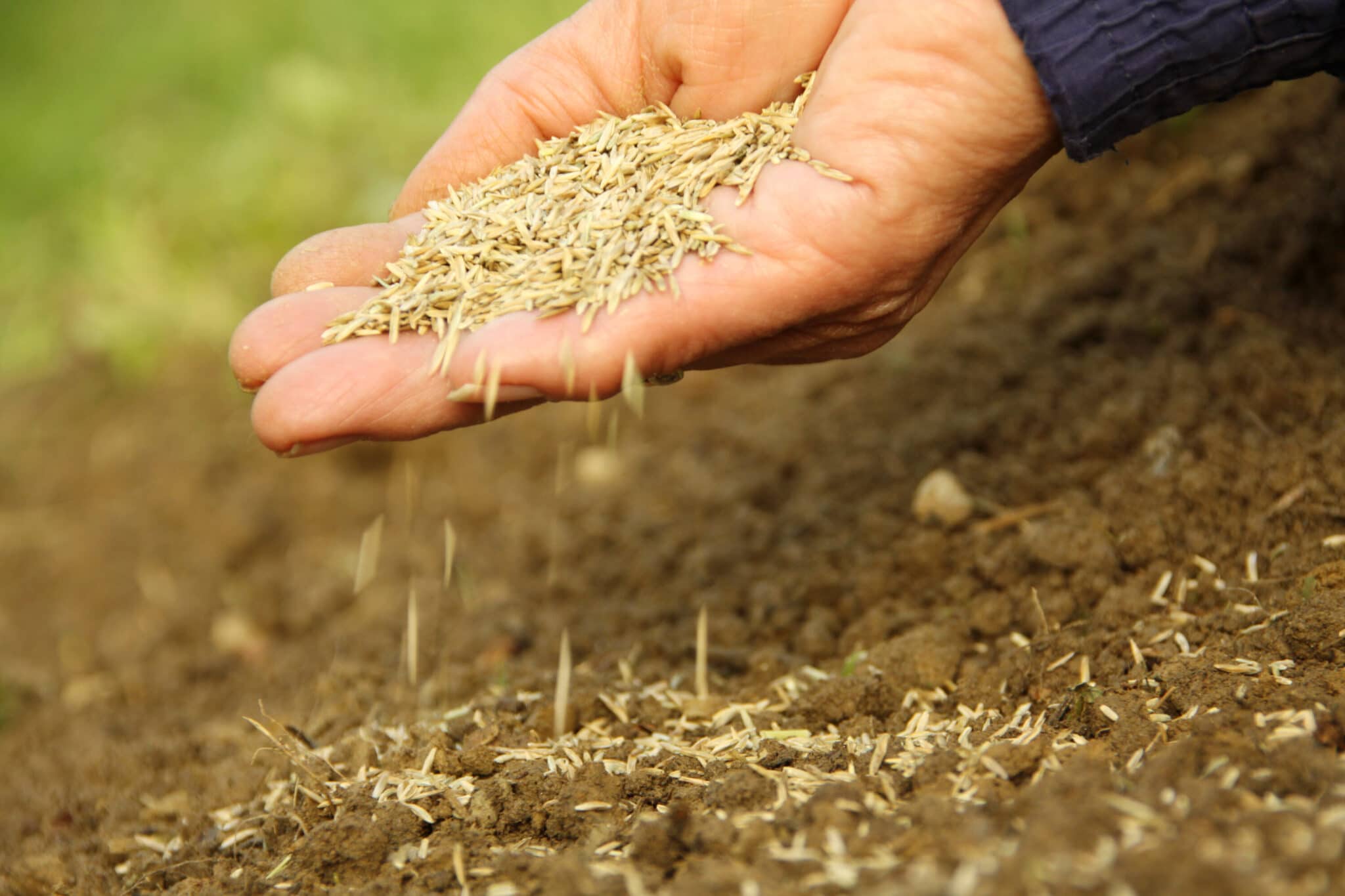

Landscaping Ideas
How To Grow Grass Seed In Kansas City
Modified: February 18, 2024
Learn expert landscaping ideas for growing grass seed in Kansas City. Get tips and techniques for successful lawn care in the Kansas City area. Discover the best practices for a lush and healthy lawn!
(Many of the links in this article redirect to a specific reviewed product. Your purchase of these products through affiliate links helps to generate commission for Storables.com, at no extra cost. Learn more)
Introduction
When it comes to creating a lush, green lawn in Kansas City, growing grass seed successfully requires a combination of the right grass species, soil preparation, and proper maintenance. Whether you're a seasoned gardener or a novice enthusiast, understanding the unique climate of Kansas City and choosing the appropriate grass seed are crucial first steps.
In this comprehensive guide, we will explore the intricacies of growing grass seed in Kansas City, providing valuable insights into the regional climate, selecting the best grass seed varieties, preparing the soil, planting techniques, and ongoing maintenance. By following these expert tips, you can cultivate a thriving lawn that enhances the beauty and value of your property.
Join us as we delve into the art and science of growing grass seed in the vibrant city of Kansas, where the landscape beckons for verdant lawns that can withstand the challenges of the local climate.
Key Takeaways:
- Choose the right grass seed for your Kansas City lawn based on the climate, soil type, and sun exposure to ensure a vibrant and resilient lawn that can withstand the region’s seasonal challenges.
- Prepare the soil thoroughly, plant the grass seed strategically, and maintain the lawn diligently to nurture a lush and thriving grassy expanse that enhances the beauty of your outdoor space in Kansas City.
Understanding the Climate in Kansas City
Before embarking on the journey of growing grass seed in Kansas City, it’s essential to grasp the unique climate that characterizes this region. Kansas City experiences a humid subtropical climate, marked by hot, muggy summers and cold, dry winters. The area is prone to fluctuations in temperature and receives an average annual precipitation of approximately 39 inches.
Summers in Kansas City can be quite challenging for maintaining a healthy lawn, as temperatures often soar above 90°F, accompanied by high humidity. Conversely, winters bring freezing temperatures and occasional snowfall, necessitating grass species that can endure these seasonal extremities.
Understanding the climate is pivotal in selecting the most suitable grass seed for your lawn. Warm-season grasses such as Zoysia, Bermuda, and Buffalo grass thrive in the sweltering summers, while cool-season grasses like Kentucky Bluegrass and Fescue are better equipped to withstand the harsh winters.
Moreover, the varying topography of Kansas City, from the rolling hills to the flat plains, can impact local microclimates. Factors such as elevation, proximity to water bodies, and urban heat islands contribute to microclimatic differences that should be considered when choosing the right grass seed for your specific location.
By familiarizing yourself with the nuances of Kansas City’s climate, you can make informed decisions regarding grass seed selection and lawn care practices, ensuring that your lawn flourishes throughout the year despite the challenges posed by the regional weather patterns.
Choosing the Right Grass Seed
When it comes to selecting the ideal grass seed for your Kansas City lawn, several factors must be taken into account to ensure optimal growth and resilience. The diverse climate of the region necessitates a thoughtful approach to grass seed selection, considering both the seasonal variations and the specific characteristics of your property.
For lawns in Kansas City, warm-season grasses are well-suited to thrive in the hot and humid summers, while enduring the occasional drought conditions. Varieties such as Zoysia, Bermuda, and Buffalo grass exhibit excellent heat tolerance and can maintain their vibrant green hue during the scorching summer months.
Conversely, cool-season grasses are better equipped to withstand the cold winters prevalent in Kansas City. Kentucky Bluegrass and Fescue are popular choices, known for their ability to endure freezing temperatures and maintain their lush appearance even in the face of snow and ice.
It’s important to consider the specific requirements of your lawn when choosing the right grass seed, taking into account factors such as sun exposure, soil type, and anticipated foot traffic. For areas with ample sunlight, full-sun grass varieties are recommended, while shaded areas may benefit from shade-tolerant seed blends.
Additionally, understanding the soil composition of your lawn can guide your grass seed selection process. Whether your soil is sandy, loamy, or clay-based, certain grass species may fare better in specific soil types, ensuring improved establishment and long-term growth.
By carefully evaluating the unique characteristics of your lawn and considering the climatic demands of Kansas City, you can make an informed decision when choosing the right grass seed. This thoughtful approach sets the foundation for a resilient and visually stunning lawn that can withstand the seasonal rigors of the region.
Preparing the Soil
Before sowing the seeds of a vibrant lawn in Kansas City, it’s imperative to prepare the soil to create an optimal environment for seed germination and robust growth. The soil composition and structure play a pivotal role in determining the success of your grass seedlings, making thorough soil preparation a crucial step in the cultivation process.
Commence the soil preparation process by conducting a comprehensive analysis of the soil in your lawn. This analysis can provide valuable insights into the pH levels, nutrient composition, and overall soil health, guiding the necessary amendments to create an ideal growing medium for your grass seed.
Adjusting the pH levels of the soil, if necessary, can significantly impact the growth and vitality of your grass seedlings. Most grass species thrive in slightly acidic soil, with a pH range of 6.0 to 7.0. If the soil pH deviates from this range, applying lime to raise the pH or elemental sulfur to lower it can help create a more hospitable environment for the grass seed.
Furthermore, incorporating organic matter such as compost or well-rotted manure into the soil can enhance its structure and fertility, promoting healthy root development and nutrient uptake by the grass seedlings. This organic amendment also aids in improving the soil’s water retention capacity, crucial for sustaining the grass during Kansas City’s hot and dry spells.
Prior to seeding, it’s essential to ensure that the soil surface is level and free of debris, promoting uniform seed distribution and facilitating proper seed-to-soil contact. Raking the soil to create a fine, crumbly texture can aid in achieving an even seedbed, optimizing the conditions for germination and establishment.
By diligently preparing the soil and addressing its specific needs, you can lay the groundwork for a thriving lawn that flourishes in the dynamic climate of Kansas City. This meticulous approach sets the stage for successful grass seed germination and the emergence of a verdant, resilient lawn that enhances the beauty of your outdoor space.
Choose a grass seed variety that is well-suited to the climate and soil conditions in Kansas City, such as Kentucky bluegrass or tall fescue. Prepare the soil by removing debris and loosening the top layer. Water the area regularly to keep the soil moist, but not waterlogged, until the grass is established.
Planting the Grass Seed
As you embark on the exciting journey of planting grass seed in Kansas City, it’s essential to employ effective techniques that promote optimal germination and establishment. Whether you’re rejuvenating an existing lawn or starting from scratch, the process of sowing grass seed demands careful attention to detail and a strategic approach to ensure successful growth.
Begin by selecting a time for planting that aligns with the natural growth patterns of your chosen grass species. For cool-season grasses such as Kentucky Bluegrass and Fescue, early fall is an ideal window for seeding, allowing the seeds to germinate in the cooler temperatures while establishing strong root systems before winter sets in. On the other hand, warm-season grasses like Zoysia and Bermuda grass thrive when sown in late spring, capitalizing on the warmth and ample sunlight of the upcoming summer months.
When sowing the grass seed, aim for even distribution across the prepared soil surface to ensure uniform coverage. Using a seed spreader can aid in achieving consistent seed dispersal, preventing clumping and promoting a balanced density of seedlings throughout the lawn area.
After broadcasting the seeds, lightly rake the soil to cover the seeds with a thin layer of soil, ensuring that they are nestled into the earth while still receiving sufficient light for germination. Adequate soil-to-seed contact is crucial for successful germination, as it facilitates the absorption of moisture and nutrients essential for the initial stages of growth.
Following the sowing process, gently press the soil surface with a roller or by walking across the area to enhance seed-to-soil contact without burying the seeds too deeply. This step aids in preventing seed displacement and promotes consistent moisture retention, fostering an environment conducive to germination and seedling emergence.
Upon completing the planting process, it’s imperative to water the seeded area gently but thoroughly, ensuring that the soil remains consistently moist without becoming waterlogged. Regular, light watering sessions are recommended to maintain the optimal moisture levels for seed germination, safeguarding the nascent grass seedlings against the climatic challenges of Kansas City.
By adhering to these meticulous planting techniques, you can set the stage for the successful emergence of a vibrant, resilient lawn that thrives in the distinct climate of Kansas City, transforming your outdoor space into a verdant oasis of natural beauty.
Read more: How To Lay Grass Sod In Kansas City
Watering and Maintenance
Effective watering and ongoing maintenance are essential components of nurturing a thriving lawn from grass seed in Kansas City. With the region’s dynamic climate presenting seasonal variations and occasional weather extremes, implementing a strategic watering regimen and comprehensive maintenance practices is crucial to ensure the long-term health and vibrancy of your grass.
After planting the grass seed, consistent and adequate watering is paramount to support the germination process and facilitate the establishment of robust seedlings. During the initial phase, it’s recommended to water the seeded area lightly at least once or twice daily, ensuring that the soil remains consistently moist but not waterlogged. As the grass seedlings emerge and mature, gradually transition to less frequent but deeper watering sessions to encourage the development of strong, deep root systems.
As the grass seedlings continue to grow, it’s important to monitor the soil moisture levels, adjusting the watering frequency and duration based on the weather conditions and the specific needs of your lawn. During periods of intense heat or drought, supplemental watering may be necessary to prevent the grass from becoming stressed and to promote healthy growth.
In addition to watering, regular maintenance practices such as mowing, fertilizing, and weed control are integral to sustaining a lush and resilient lawn in Kansas City. When mowing the grass, adhere to the recommended mowing height for your chosen grass species, ensuring that the blades are sharp to achieve clean cuts that promote healthy regrowth.
Fertilization plays a vital role in providing essential nutrients to the grass, promoting vigorous growth and vibrant color. Selecting a fertilizer tailored to the specific needs of your grass species and applying it in accordance with the recommended schedule can bolster the overall health and resilience of your lawn.
Furthermore, proactive weed control measures, such as targeted herbicide applications and manual removal of weeds, are essential to prevent invasive plants from encroaching on your grass and competing for vital resources. Regular inspections of the lawn for signs of weed growth enable prompt intervention, preserving the integrity and aesthetic appeal of the grassy expanse.
By embracing a comprehensive approach to watering and ongoing maintenance, you can cultivate a luxuriant lawn from grass seed in Kansas City that flourishes throughout the seasons, embodying the beauty and vitality synonymous with the enchanting landscape of the region.
Dealing with Common Issues
As you nurture your lawn from grass seed in the dynamic climate of Kansas City, you may encounter common challenges that require proactive intervention to safeguard the health and beauty of your grass. By familiarizing yourself with these potential issues and implementing targeted solutions, you can effectively address them, ensuring that your lawn remains resilient and visually captivating.
One prevalent issue in Kansas City is the presence of lawn diseases, which can manifest due to factors such as excessive moisture, poor air circulation, and specific environmental conditions. Keeping an eye out for signs of discoloration, thinning, or unusual patches in the grass can help in identifying potential disease outbreaks. If such symptoms arise, promptly implementing appropriate fungicidal treatments and adjusting the lawn care practices can mitigate the impact of diseases and promote the recovery of the grass.
Another common concern is the invasion of pests such as grubs, chinch bugs, and armyworms, which can inflict damage on the grass and compromise its vitality. Regular monitoring of the lawn for signs of pest activity, such as irregular brown patches and disrupted turf, enables early detection and targeted pest control measures, preventing significant harm to the grass.
Furthermore, the accumulation of thatch, a layer of dead grass and organic debris, can impede the growth of the grass and necessitate proactive management. Dethatching the lawn using specialized equipment or manual techniques promotes improved air and water penetration into the soil, fostering a healthier environment for the grass to thrive.
Soil compaction, often exacerbated by foot traffic and heavy machinery, can hinder the growth of grass roots and impede the absorption of essential nutrients. Aerating the soil to alleviate compaction and enhance its porosity facilitates improved root development and nutrient uptake, fortifying the resilience of your lawn.
By staying vigilant and promptly addressing these common issues through targeted interventions and proactive lawn care practices, you can uphold the vitality and allure of your grass, cultivating a verdant expanse that embodies the splendor and resilience demanded by the distinctive climate of Kansas City.
Conclusion
Embarking on the endeavor of growing grass seed in Kansas City is a journey that intertwines the art of cultivation with the nuances of the region’s dynamic climate. From the initial selection of the right grass seed to the meticulous soil preparation, strategic planting, and ongoing maintenance, each step contributes to the creation of a lush, resilient lawn that thrives amidst the seasonal variations and environmental challenges.
By understanding the climate of Kansas City and choosing the appropriate grass seed varieties, you lay the foundation for a vibrant lawn that can endure the sweltering heat of summer and the frigid cold of winter. Thoughtful soil preparation creates an optimal environment for seed germination and robust growth, setting the stage for the emergence of a verdant oasis in your outdoor space.
Effective watering and ongoing maintenance practices, including mowing, fertilizing, and weed control, sustain the health and beauty of your grass, ensuring its resilience against common issues such as lawn diseases, pests, thatch accumulation, and soil compaction. Through proactive intervention and attentive care, you can safeguard the vitality of your lawn and preserve its captivating allure throughout the seasons.
As you witness the transformation of grass seed into a luxuriant, resilient lawn that enhances the beauty of your property, you become an integral part of the vibrant tapestry of green spaces that define the enchanting landscape of Kansas City. The verdant expanse you cultivate stands as a testament to your dedication and expertise, embodying the timeless allure of a well-tended lawn amidst the dynamic climate of the region.
In the heart of Kansas City, where the landscape beckons for verdant lawns that endure the rigors of the local climate, your meticulous efforts culminate in the creation of a captivating outdoor sanctuary, where the beauty of nature intertwines with the art of cultivation, enriching the tapestry of the city’s natural charm.
Frequently Asked Questions about How To Grow Grass Seed In Kansas City
Was this page helpful?
At Storables.com, we guarantee accurate and reliable information. Our content, validated by Expert Board Contributors, is crafted following stringent Editorial Policies. We're committed to providing you with well-researched, expert-backed insights for all your informational needs.
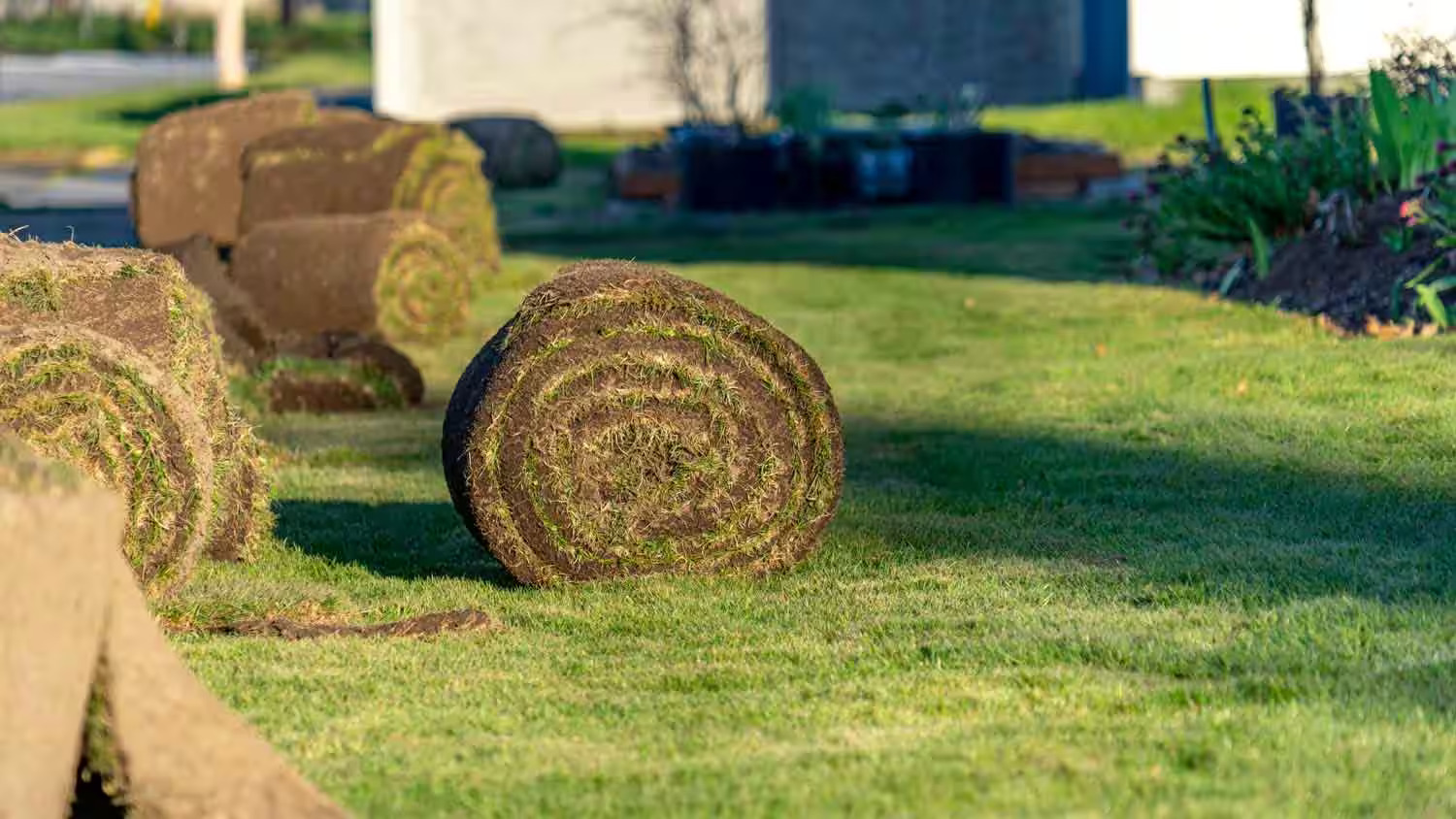
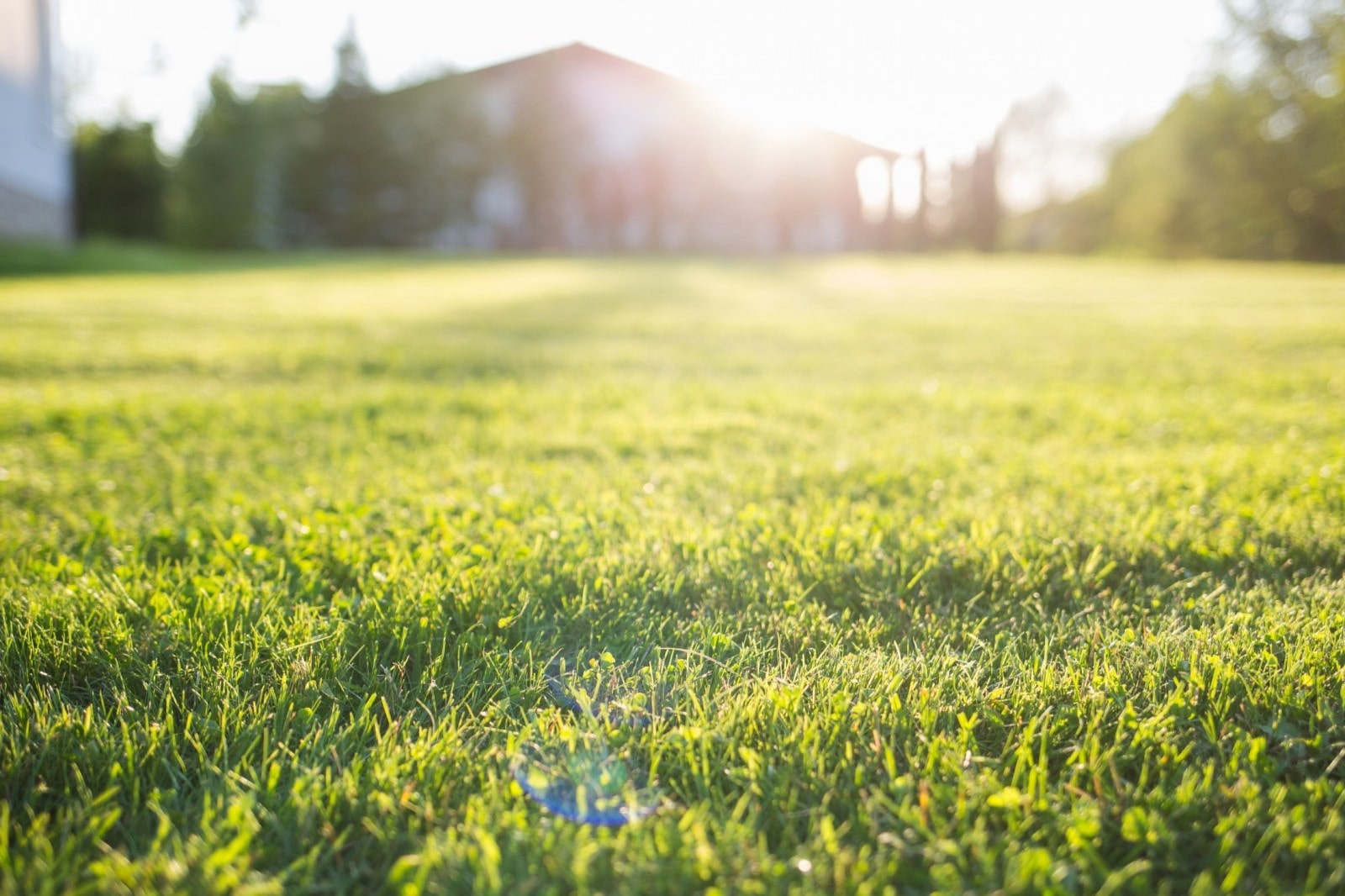
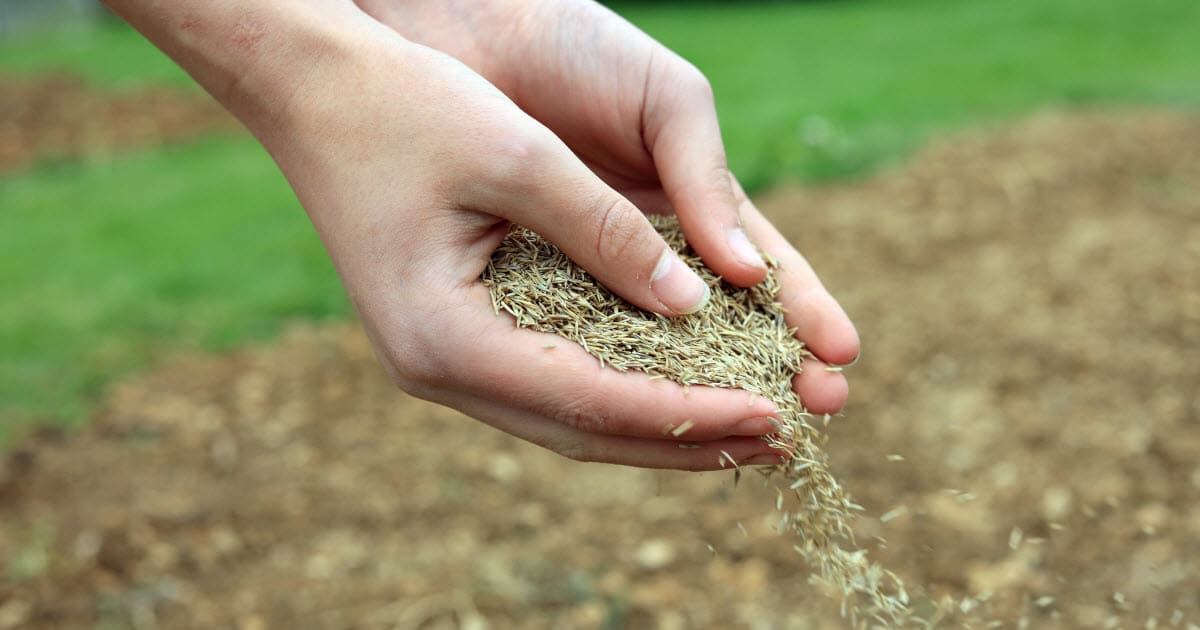
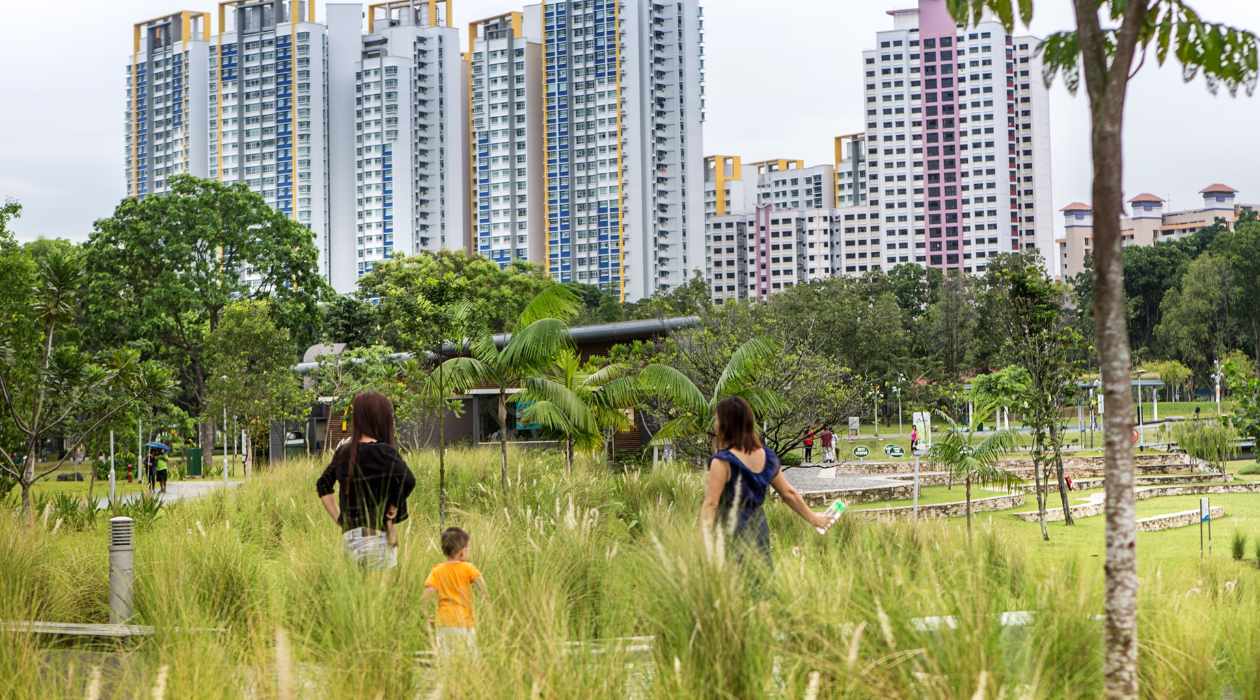
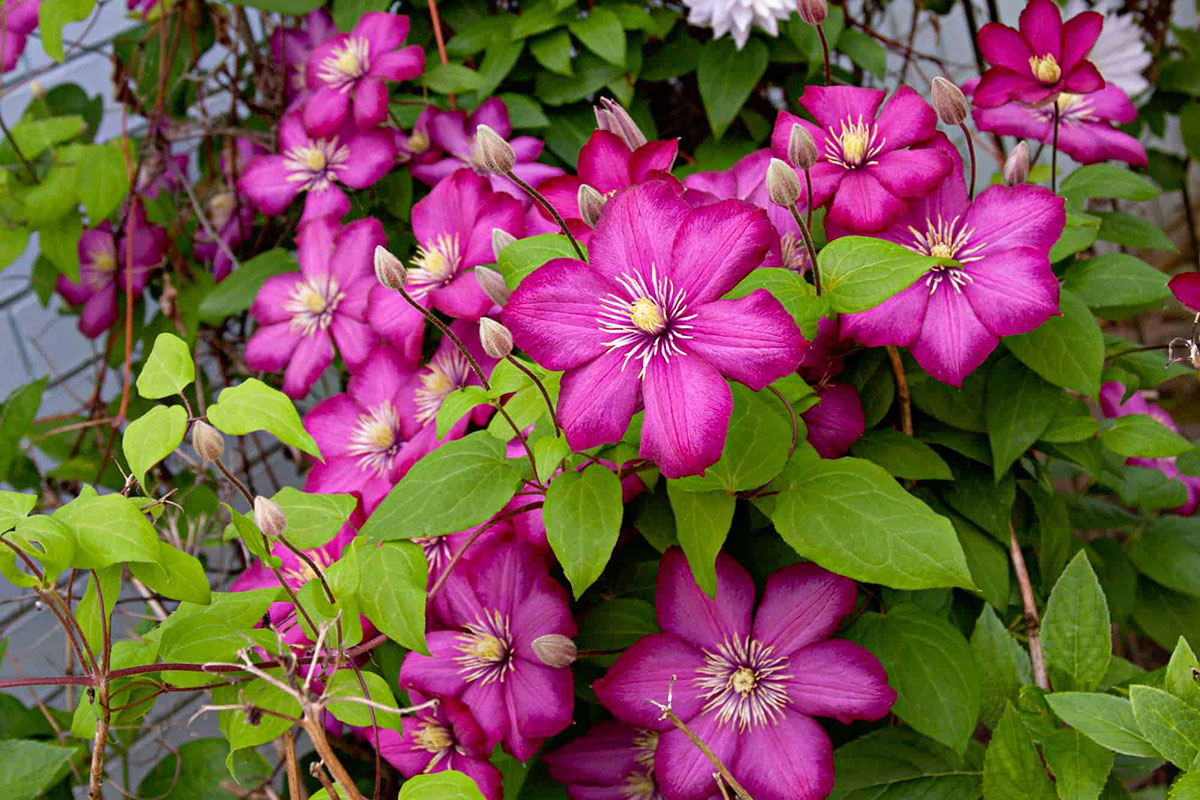
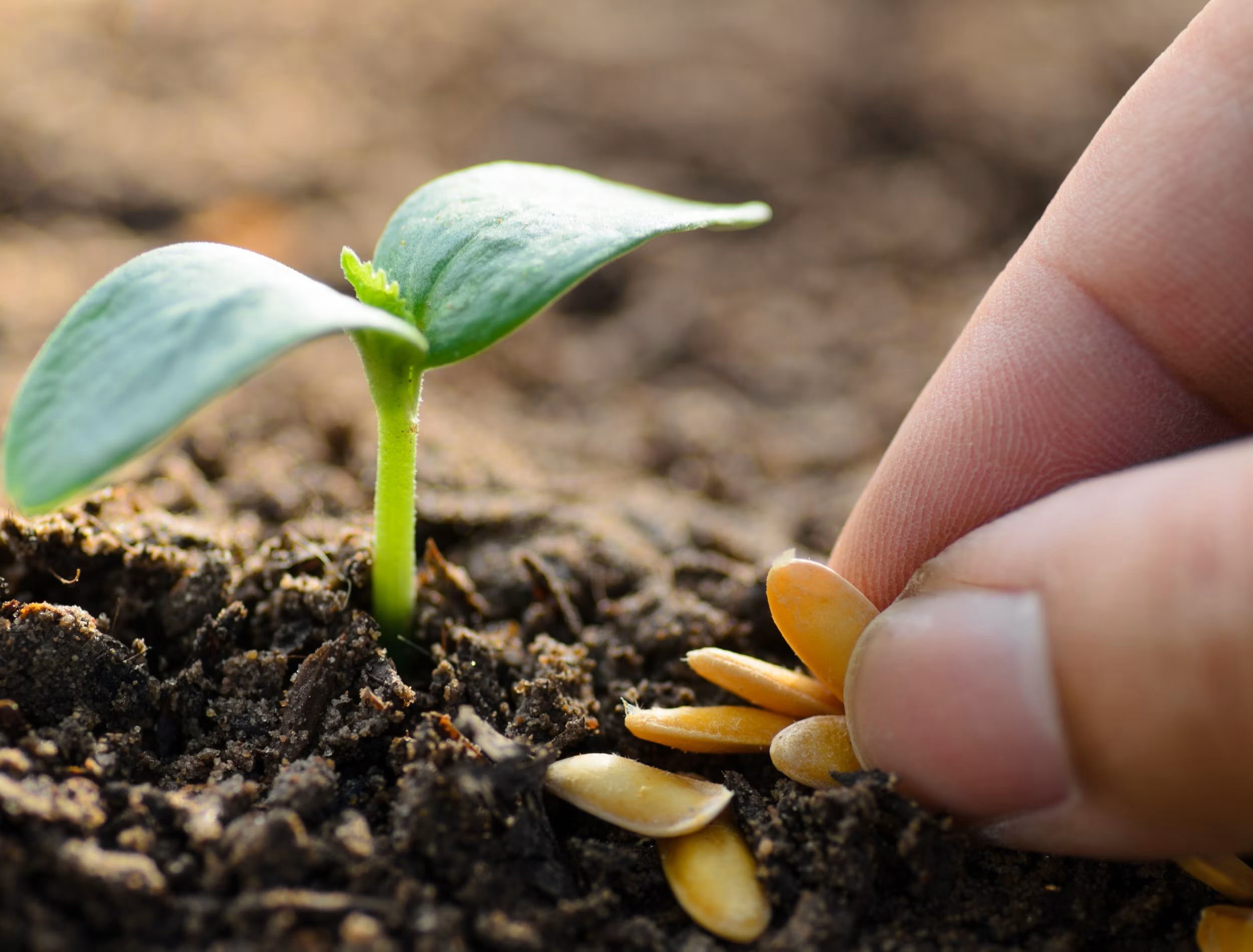
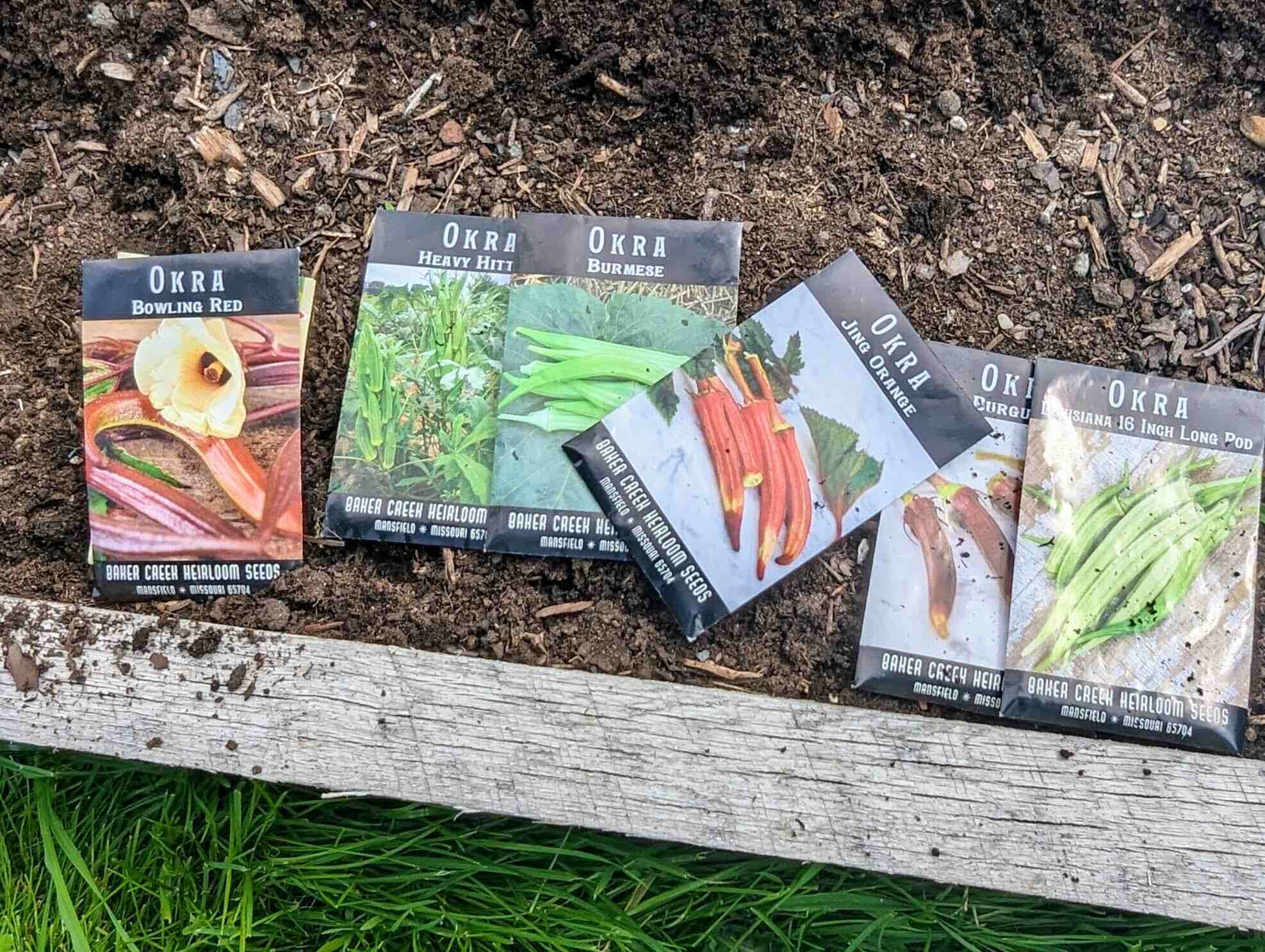
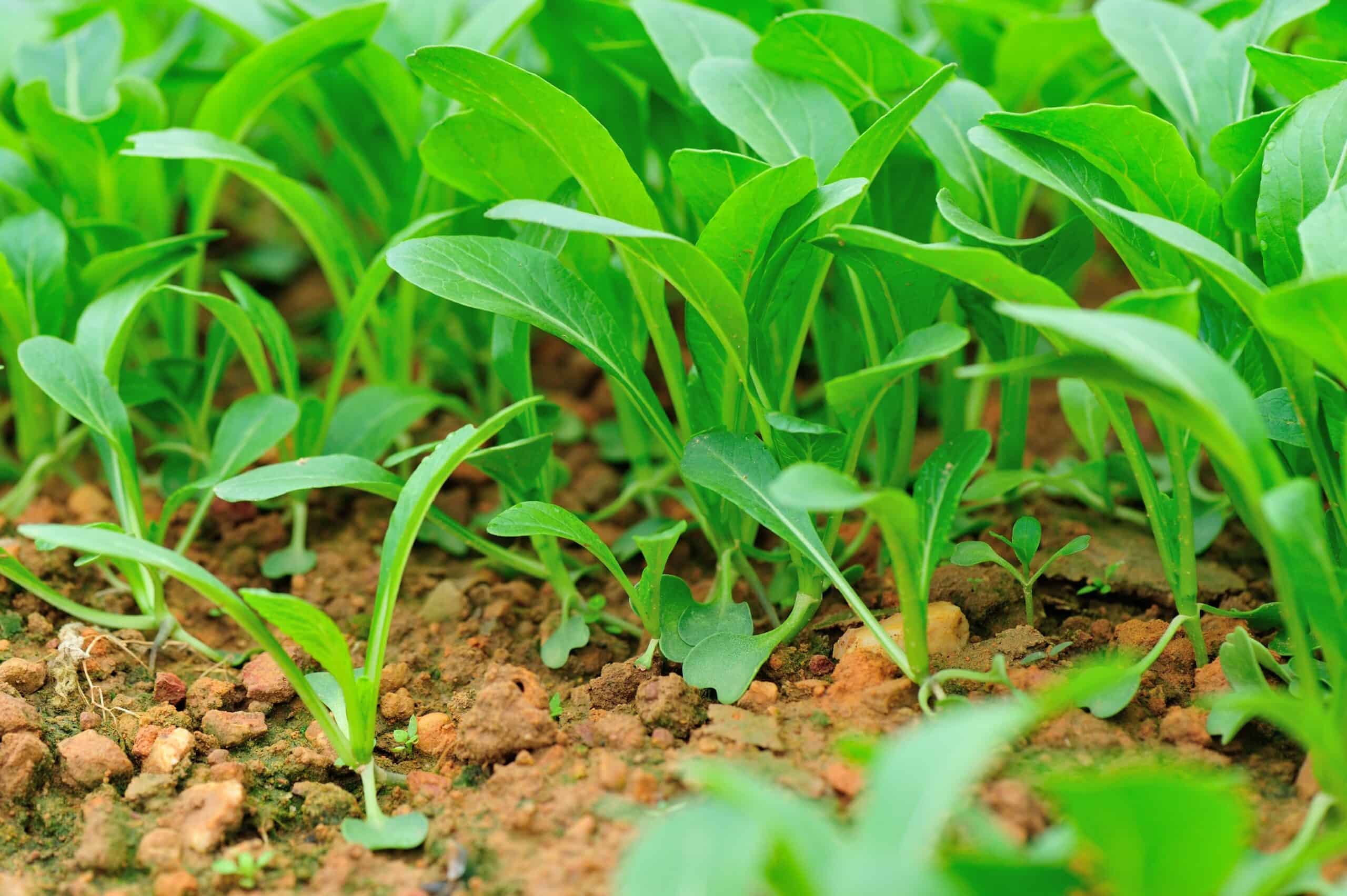
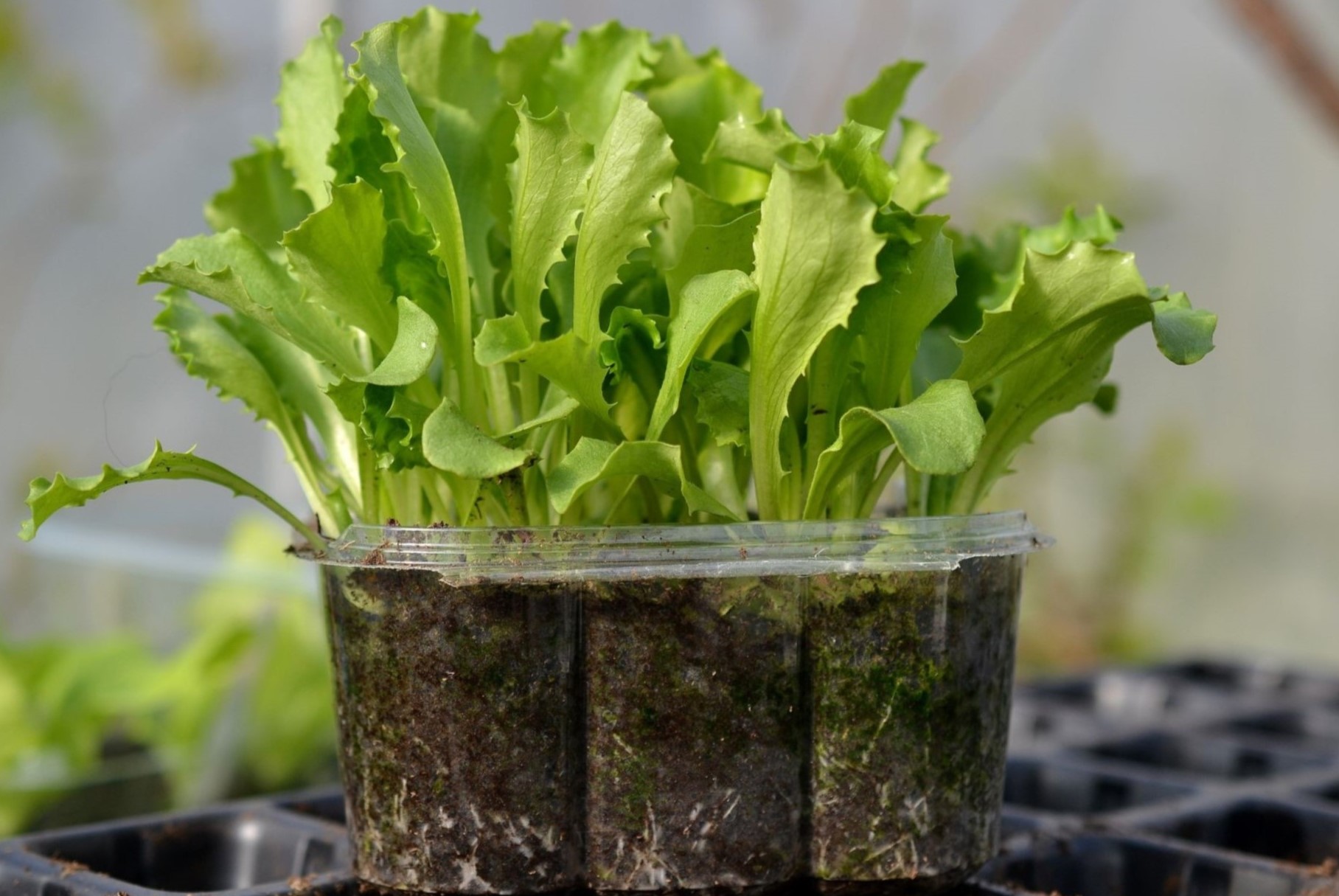
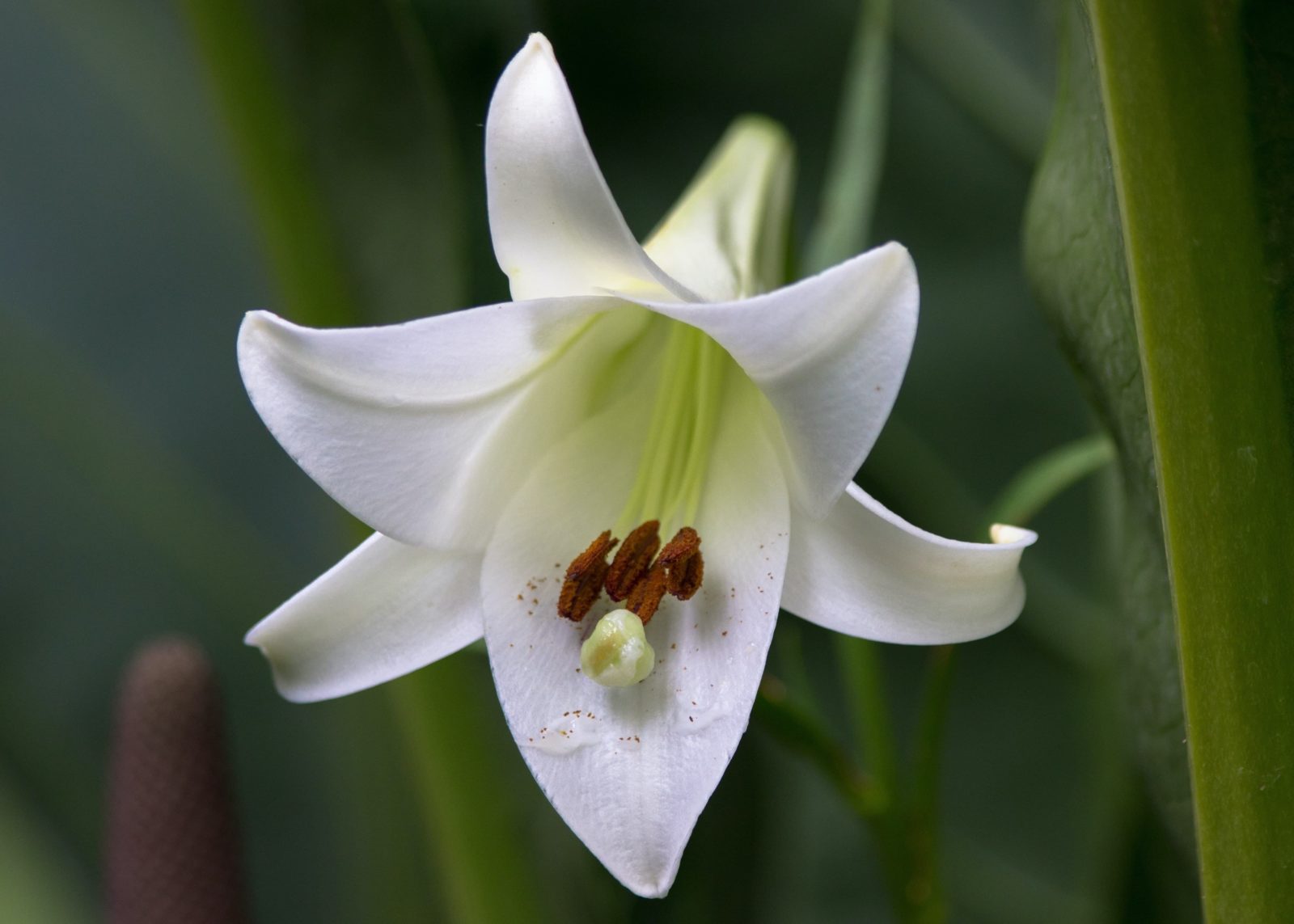
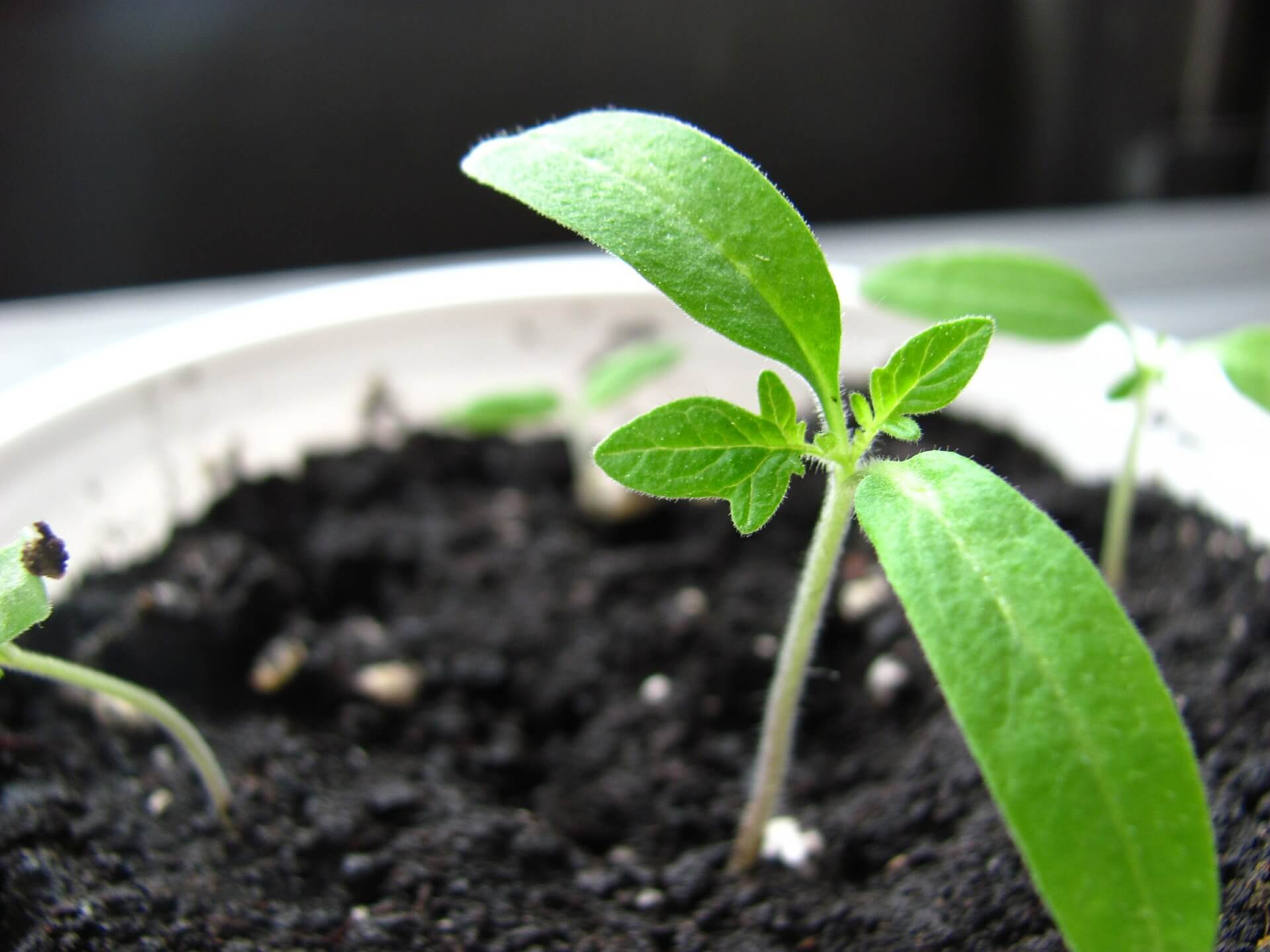
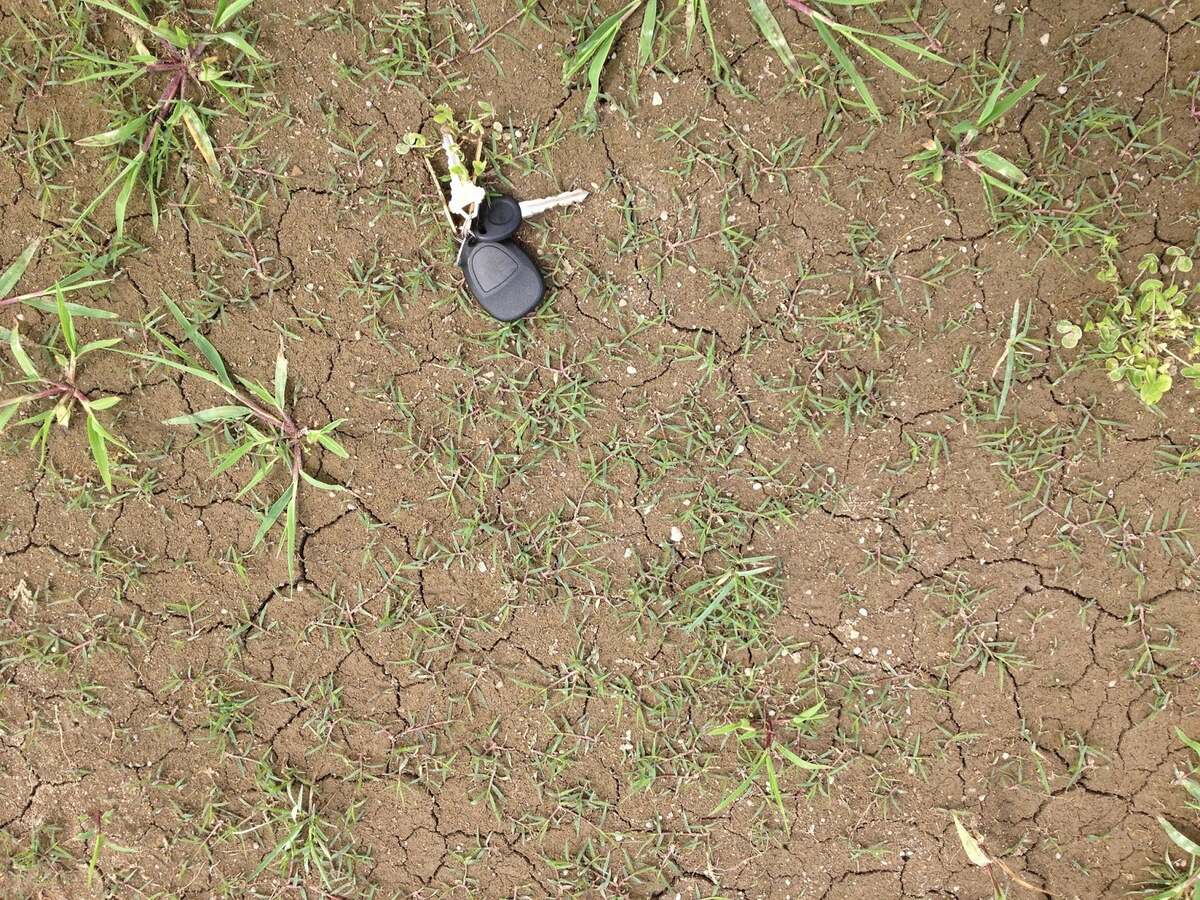
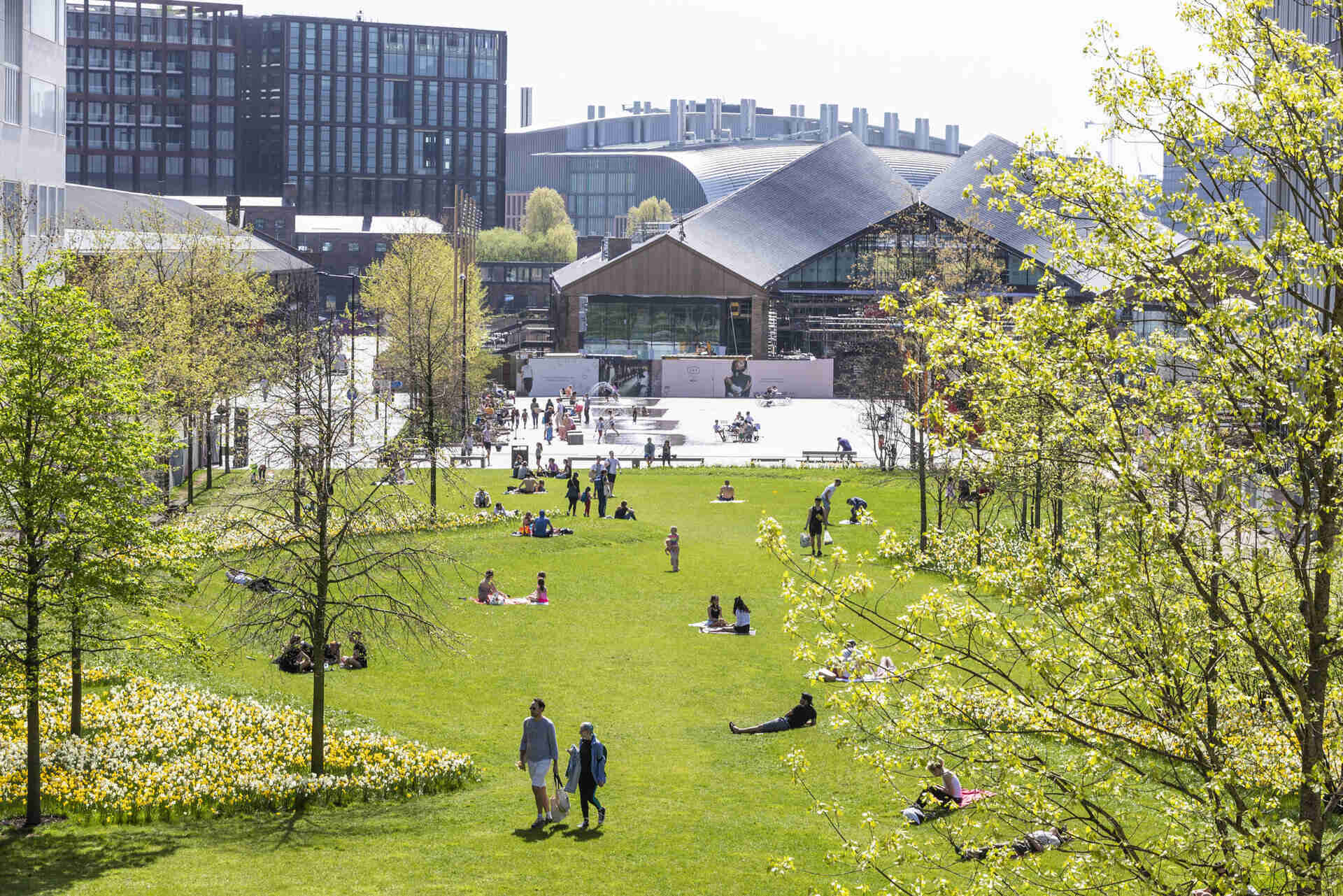
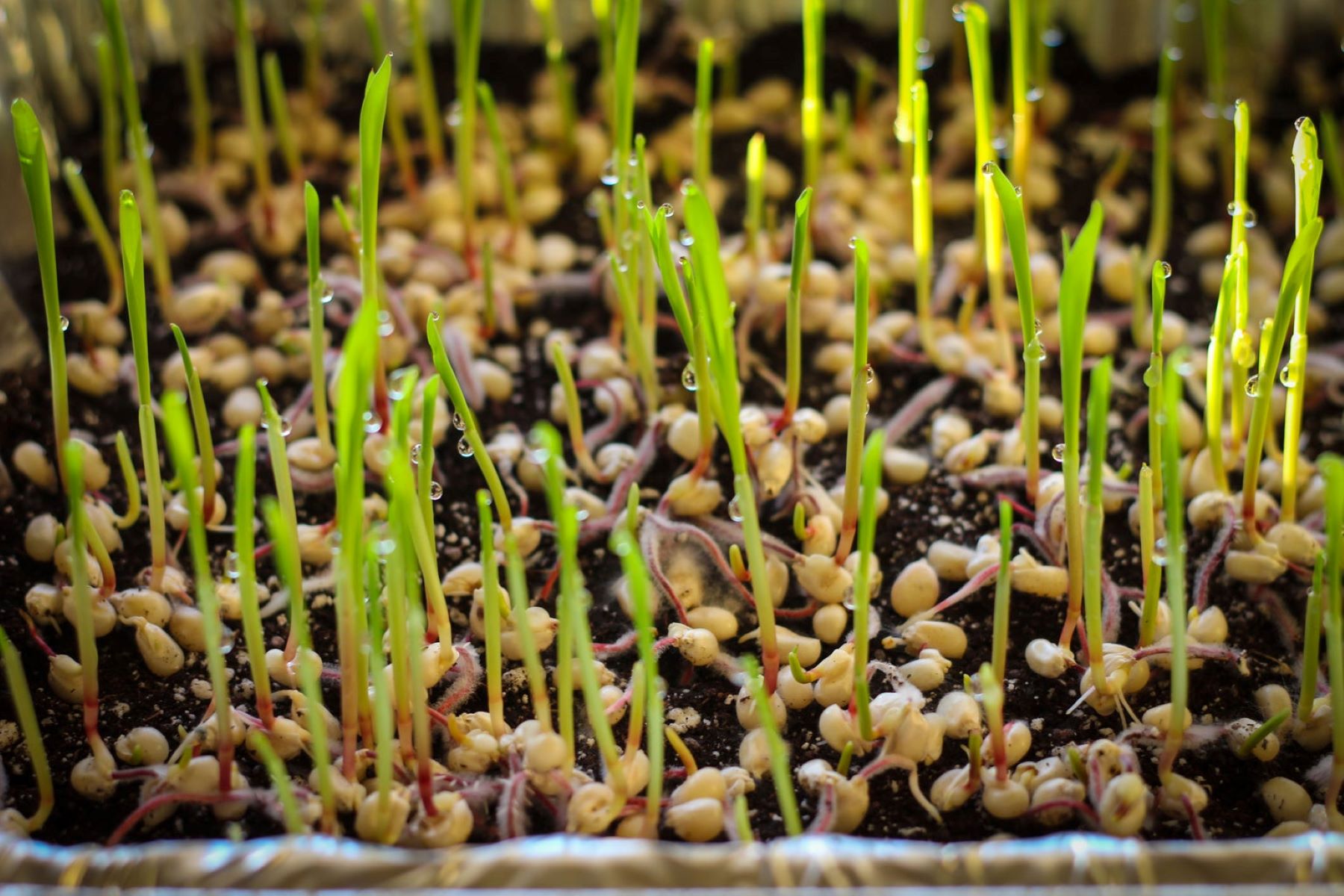

0 thoughts on “How To Grow Grass Seed In Kansas City”